This is our early impressions of the new POCO M4 Pro 4G. By the way, there’s already a 5G variant of this phone that launched way back in November 2021, by the way. Considering the competition, the M4 Pro 5G delivered decent performance and didn’t sacrifice a whole lot to bring 5G connectivity either. So what could POCO do with a cheaper 4G variant of the phone?
POCO M4 Pro 4G Specifications:
- Body: 73.8 x 159.8 x 8.09mm, 179.5 gm, Plastic build quality
- Display: 6.43-inches Super AMOLED panel, 90Hz refresh rate, 180Hz touch sampling rate, DCI-P3 gamut, 1000 nits peak brightness, Gorilla Glass 3
- Resolution: FHD+ (2400 x 1080 pixels), 409 PPI, 20:9 aspect ratio
- Chipset: MediaTek Helio G96 4G (12nm mobile platform)
- CPU: Octa-core:– 2x Cortex-A76 (2.05GHz)– 6x Cortex-A55 (2.0GHz)
- GPU: Arm Mali-G57 MC2
- Memory: 6/8GB LPDDR4X RAM, 64/128GB UFS 2.2 storage (upgradable)
- Software & UI: Android 11 with Xiaomi's MIUI 13 on top
- Rear Camera: Triple (with LED flash);– 64MP, f/1.8 primary sensor– 8MP, f/2.2 ultrawide lens, 118º FOV– 2MP, f/2.4 macro lens
- Front Camera: 16MP, f/2.45 sensor (hole-punch cutout)
- Audio: Dual stereo speaker, Hi-Res Audio, 3.5mm headphone jack
- Security: Side-mounted fingerprint sensor, Face unlock
- Sensors: Accelerometer, Ambient Light, E-compass, Gyroscope, Proximity
- Connectivity: Dual-SIM (Nano), WiFi 5 a/b/g/n/ac (Dual-band), Bluetooth 5.0, GPS / AGPS / Glonass / Beidou, USB Type-C, 4G LTE (VoLTE)
- Battery: 5000mAh with 33W Pro fast charging (power adapter provided)
- Color Options: Cool Blue, Power Black, POCO Yellow
- What's inside the box: POCO M4 Pro 4G, Transparent case, SIM ejector, 33W power adapter, USB-A to USB-C cable
- Price in Nepal: N/A (INR 14,999 for 6/64GB)
POCO M4 Pro 4G Impressions:
Well, there are a few upgrades and a couple of obvious downgrades here—most notably in the performance department—to meet that lower price point. Talking about price, the POCO M4 Pro 4G starts at INR 14,999 for the base 6/64GB variant while the specced-out 8/128GB model goes for INR 17,999.
There’s even a flat INR 1,000 bank discount as an introductory offer, which makes it a really appealing budget phone. As per our sources, this phone is set to launch soon in Nepal as well. I’ve been using it for a couple of days now and this is my initial impressions, or rather a mini-review, of the new POCO M4 Pro 4G.
The ergonomics... hot damn!
Now, holding the phone in my hands, I’m immediately impressed by its design.
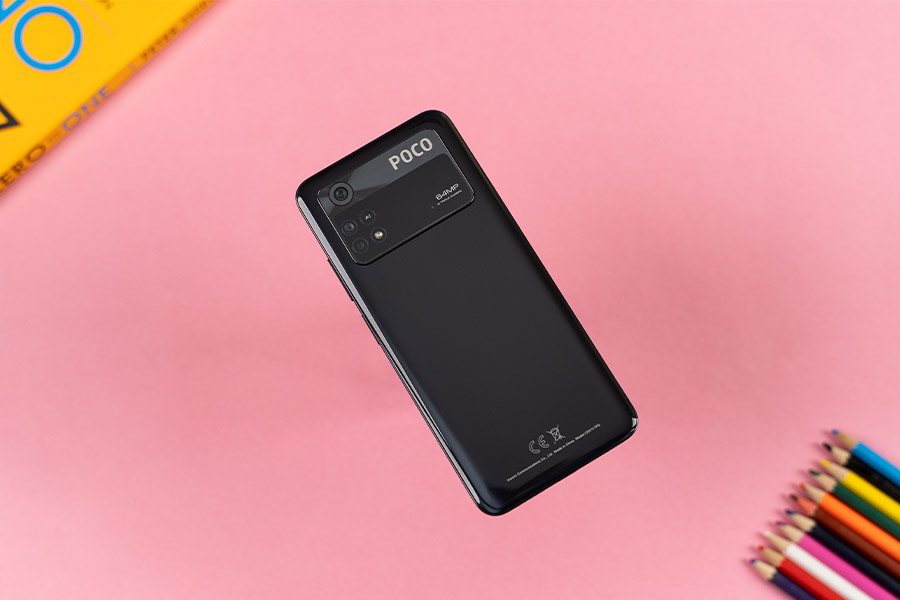
I mean… yes, POCO could have gone with a matte finish to prevent smudges and dust build-up at the back of the phone but besides that, the M4 Pro’s ergonomics is rock solid. I like how these slight curves at the back make handling the phone so easy, whereas it is also complemented by flat frames with a matte finish for that modern kick.
This all-plastic build quality doesn’t feel cheap, hollow, or any of those things either. At 179.5 grams, POCO says this is its lightest M-series phone yet but the M4 Pro still retains excellent heft and weight distribution.
Both power and volume rockers are placed on the right frame here, and reaching them with one hand wasn’t much trouble for me. The power button doubles as a fingerprint reader too—and it’s quite fast and responsive as you’d expect.
poco M4 Pro 4g is even IP53 certified against dust and splash damage, which is always nice to see on a phone in this price range.
POCO has also included an IR blaster, 3.5mm headphone jack, and stereo speakers, so you’re getting the whole package here. Unlike the M4 Pro 5G, its Z-axis linear motor has a fairly strong, loud, and “buzzing” feedback which makes the typing experience pretty enjoyable. While I prefer fluid, precise haptics myself, the M4 Pro’s vibration feedback is more than fine for a budget phone.
A great phone for your binge-watching sessions
Besides the great design, this is also an amazing phone for content consumption. POCO has upgraded to an AMOLED display this time, which is a major improvement over the IPS LCD panel on the M4 Pro 5G.
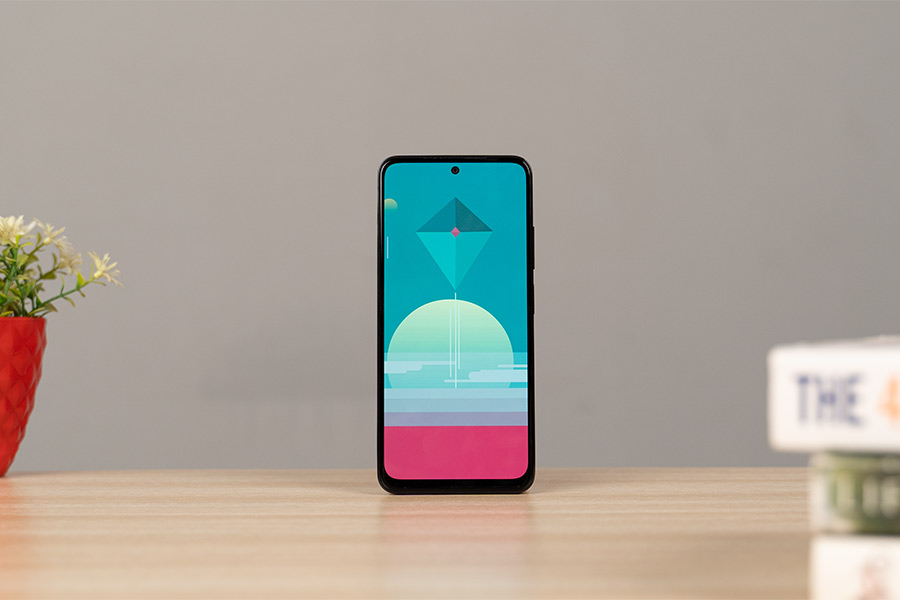
Protected by Gorilla Glass 3, this 6.43” Full HD screen delivers great colors thanks to the wide DCI-P3 gamut and pitch-black contrast with inky blacks and bright whites. Its viewing angle is equally great with no noticeable off-axis color shift. The phone is also Widevine L1 certified for HD playback on OTT platforms like Netflix, but do note that this budget phone lacks any form of HDR playback.
Moving on, I have no issue with the brightness on this thing though. POCO says the M4 Pro 4G achieves 700 nits under the High Brightness Mode (HBM)—whereas it can hit a peak brightness of 1000 nits.
This AMOLED upgrade doesn’t come at a sacrifice of a higher refresh rate or Always on Display support either. Because I’ve used a loooooot of phones with a 120Hz refresh rate, this 90Hz screen doesn’t feel all that special to me but if you’re coming from a regular 60Hz display, the M4 Pro’s smoothness is bound to be a visual treat.
And it’s adaptive as well, meaning the screen intelligently switches between 60 and 90Hz to save battery. Unfortunately, this display is subject to micro-stutters and jitters—which is something we’re well familiar with budget and mid-range phones from Xiaomi and POCO with a high refresh rate. This is most vividly noticeable once you’re scrolling through your Google Feed.
Is the chipset to blame for the micro stutters?
Other than this, I also noticed micro stutters when going over my apps on the POCO launcher and occasionally even when scrolling through a website on Chrome or opening the recent apps screen. It’s not that the POCO M4 Pro 4G has an incompetent chipset or anything since the Helio G96 powering the phone is equipped to handle up to 120Hz FHD displays. Hopefully, a fix is on the way!
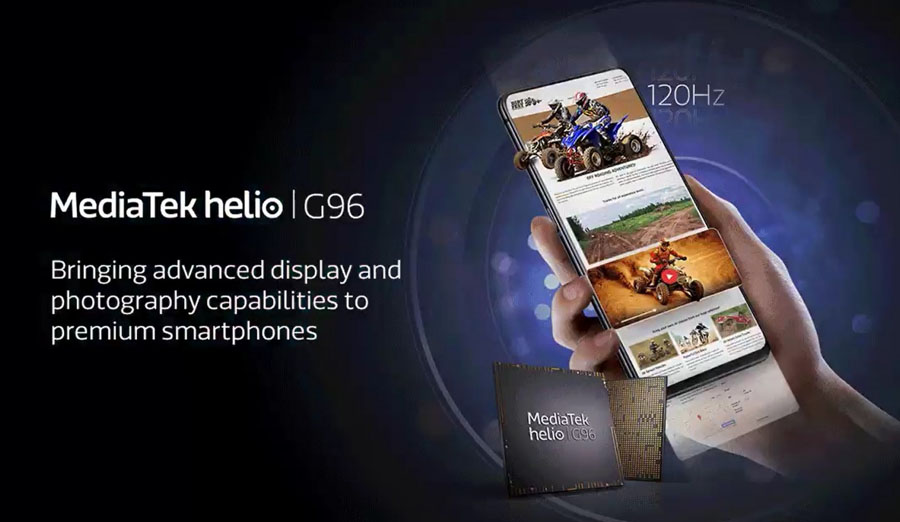
Complementing this display is a set of stereo speakers, where the earpiece doubles as the secondary speaker unit. The M4 Pro gets fairly loud enough and is fine for listening to podcasts or binging your favorite shows. And there’s not much distortion at the max volume either. But the audio sounds almost flat when playing something with a high dynamic range as it boosts the mids and high frequencies over everything else.
How's the performance then?
On to the performance of things, the POCO M4 Pro 4G is powered by MediaTek’s Helio G96. Apart from the aforementioned issue of micro-stutters, this 12nm chip handles usual everyday tasks pretty well. With 6GB RAM even in the base variant, you can expect a decent multitasking experience too. I usually juggle between 5-6 apps at a time and the M4 Pro managed to keep them in memory just fine.
Seems like Xiaomi has really improved RAM management with MIUI 13. It does come with a bunch of bloatware apps and games but you can uninstall most of them. However, the M4 Pro is still on Android 11 and not the latest Android 12-based MIUI 13. Although it’s more than likely that this phone will get the Android 12 update, that’s about it.
I don’t think Android 13 is on the cards for this budget phone.
And whatever happened to POCO UI, right? POCO had confirmed its custom UI to arrive by the end of 2021 but we're well into 2022 and it’s still a no show.
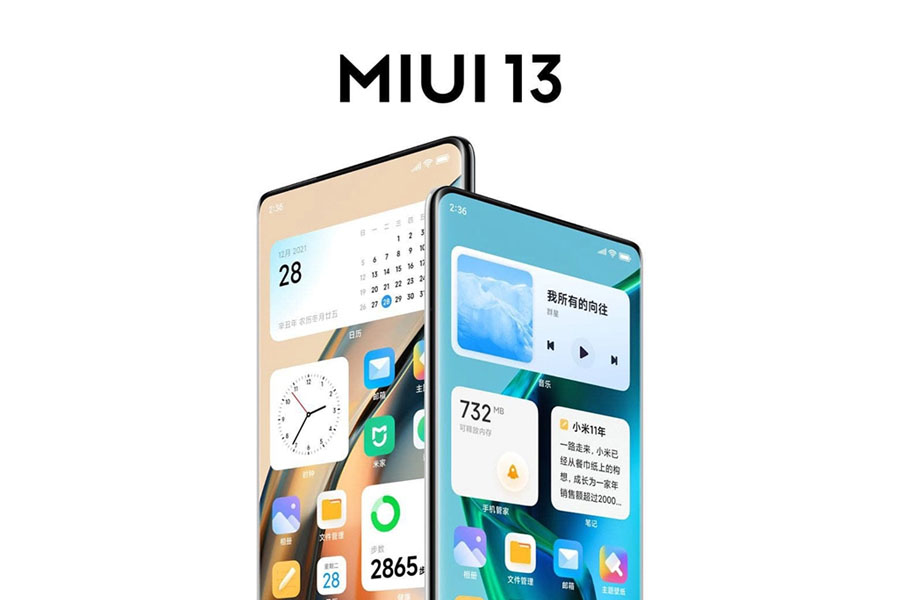
Regardless, you can enjoy some casual gaming on the POCO M4 Pro 4G. PUBG Mobile maxes out at HD graphics and High frame rates but I prefer the stable 40 fps gameplay under Smooth graphics and Ultra frame rates instead. Yet, this 12nm chip does show its thermal inefficiency as the phone gets warm quite quickly.
After just 8 minutes into the game, I clocked the CPU and battery temperature at 42 and 38°C respectively. Relatively less taxing games like Asphalt 9 and Mobile Legends play without any frame drops either.
Decent cameras (wait what?)
On the other hand, it brings a triple camera array at the back consisting of a 64MP primary, an 8MP ultrawide, and a 2MP macro shooter housed inside this wide camera island. Upfront, there’s a 16MP selfie camera inside the hole-punch cutout.
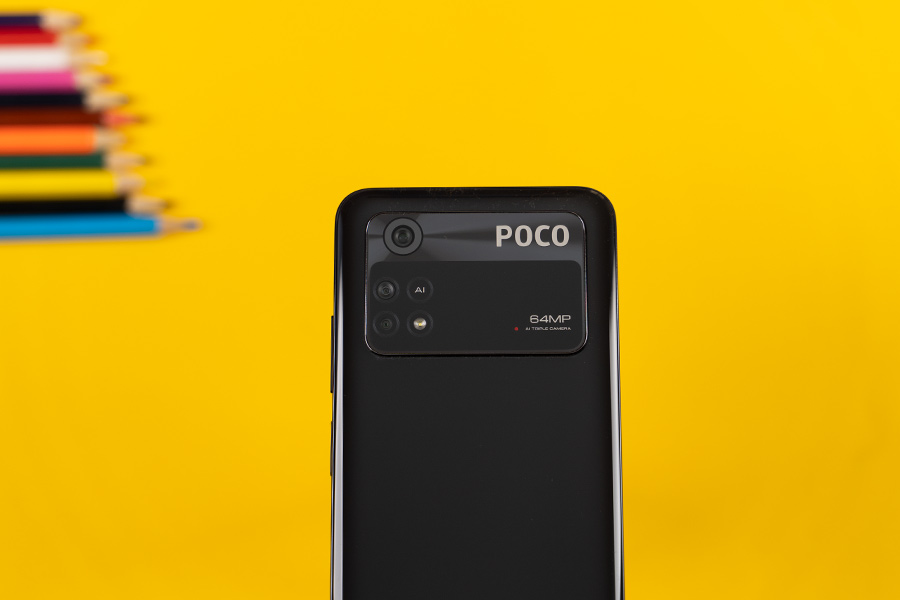
Now, apart from the cameras, the POCO M4 Pro 4G is pretty much identical to the Redmi Note 11S. So if you’re conflicted between these two phones, I’d suggest going for this one because of the cheaper price tag. Plus, the 108MP camera on the Note 11S isn’t going to make a whole lot of difference for the additional money anyway.
Normal, Ultrawide Images
Review Images
1/3
Here, the main 64MP shooter actually takes decent photos with a good amount of details and saturation, contrast levels—even though the overall shot comes off warm.
Review Images
1/2
Normal
The ultrawide camera introduces a cooler hue instead but there’s not much detail to talk about here.
Portrait Images
Review Images
1/3
Portrait photos have acceptable edge detection but it messes up the subject’s skin tone rather horribly. You can notice the unnatural pink tint alongside a hint of beautification on its portrait shots.
Selfie Images
It’s the same with the selfie cameras too. What’s worse is that Redmi and POCO phones with a MediaTek processor have always struggled with maintaining a good skin tone—so I doubt a future update is going to solve this!
Review Images
1/4
Selfie
Nighttime Images
Low-light photos are pretty impressive on the M4 Pro with decent exposure control. With Night Mode turned on, you can get well-balanced photos with greater highlights, details, and reduced noise as well.
Review Images
1/4
Nighttime
In terms of videos, both the front and the back camera is limited to 1080p 30 fps recording—exactly like the POCO M4 Pro 5G and the Redmi Note 11S. As you’d expect, the videos are of strictly average quality with slight wobbles.
What to expect in terms of battery life
Finally, there’s no upgrade in the battery department this time since you’re getting the same 5000mAh cell that supports 33W Pro fast charging.
Under medium usage consisting of taking a bunch of photos/videos, streaming Netflix and Twitch, browsing the web, alongside some gaming every now and then, I managed to get around 7 hours of screen on time here. Pretty amazing stuff! As for charging, the phone can climb from 0 to 100% in a little over an hour.
POCO M4 Pro 4G Impressions: Final Words
Wrapping it all up, I think the POCO M4 Pro 4G is a great budget phone. Especially with that bank discount I talked about earlier (not sure the phone will launch at a similar price in Nepal though). Sacrificing 5G connectivity, it brings an AMOLED display which makes it an impressive device for multimedia consumption. And its battery life is pretty remarkable as well!
Sure there are a bunch of rough edges that POCO has got to sort out, like optimizing the cameras, responsiveness of the 90Hz refresh rate, and the Android 12 update thing. Nonetheless, that doesn’t keep the M4 Pro 4G from being a good budget phone under INR 15,000.
- Check out our unboxing and impressions video of the POCO M4 Pro 4G.

To say something about myself, I have been writing tech and gadgets from 2021. Although coming from a non technical studies background, I'm someone who is always fascinated by the latest gadget and tech innovations, circling around. Besides writing, you'll find me listening music and aligning the stars through astrology and sometimes even, tarot cards! 😉🧿
Comments
No comments yet. Add a comment to start a discussion





































